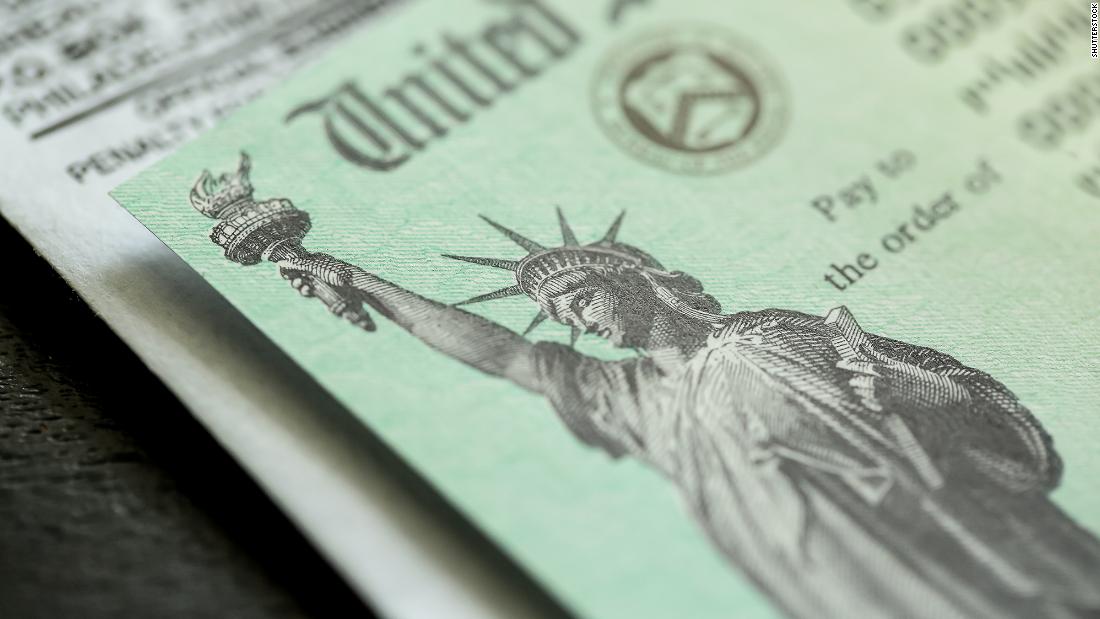Why you shouldn’t expect another stimulus check for weeks
A final vote could possibly come in late February, after the impeachment trial is complete in the Senate. Lawmakers hope to pass the legislation by March 14.
If and when the bill passes — and if it includes new stimulus payments — it’s possible the Internal Revenue Service can start sending the money quickly to people whose bank details are on file.
When the $600 payments were approved in late December, it took the agency just two days after Trump signed the bill to start delivering the money. But new eligibility restrictions that lawmakers are considering could potentially slow down the process.
How much will the payments be?
Biden has asked Congress to send an additional $1,400 to Americans who are already getting $600 under the package approved by Congress in December, bringing the total to $2,000.
But a group of 10 Republicans, who sent their own proposal to Biden earlier this week, called for $1,000 payments. Biden has said he would like to garner bipartisan support for the bill, but made clear in a call with House Democrats Wednesday, that the top-line number is not negotiable.
Who will be eligible?
Biden proposed keeping the income thresholds the same as earlier stimulus payments — but has indicated he is open to lowering them.
Previously, individuals earning less than $75,000 and couples earning less than $150,000 received the full amount. The $600 payments gradually phase out, cutting off money for single filers without children earning more than $87,000 and married couples without children earning more than $174,000.
Households with children were eligible for more money. For example, a couple with two children earning a little more than $250,000 a year would still receive a partial payment, according to the Tax Foundation.
The Republican proposal would provide the full payment to individuals earning less than $40,000 a year and couples earning less than $80,000 — and the payments would phase out faster, cutting off individuals making more than $50,000 and couples making more than $100,000.
About 95% of families would qualify under Biden’s proposal, compared to 78% under the GOP plan.
CNN’s Lauren Fox, Phil Mattingly, Ted Barrett and Paul LeBlanc contributed to this report.
![]()


